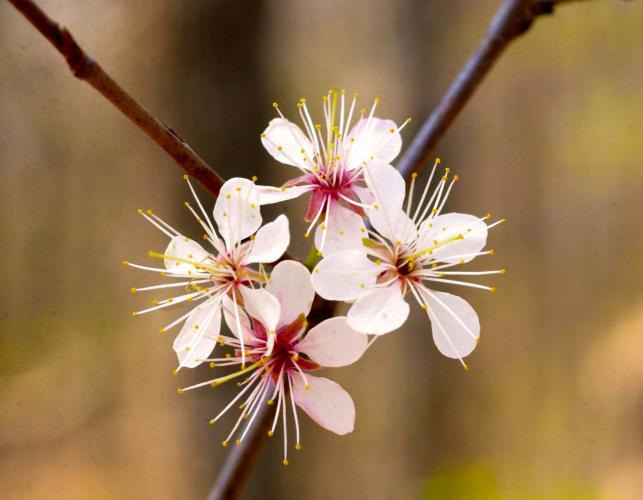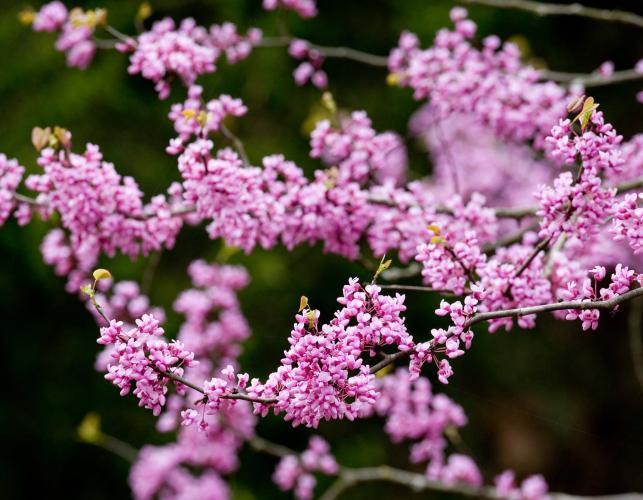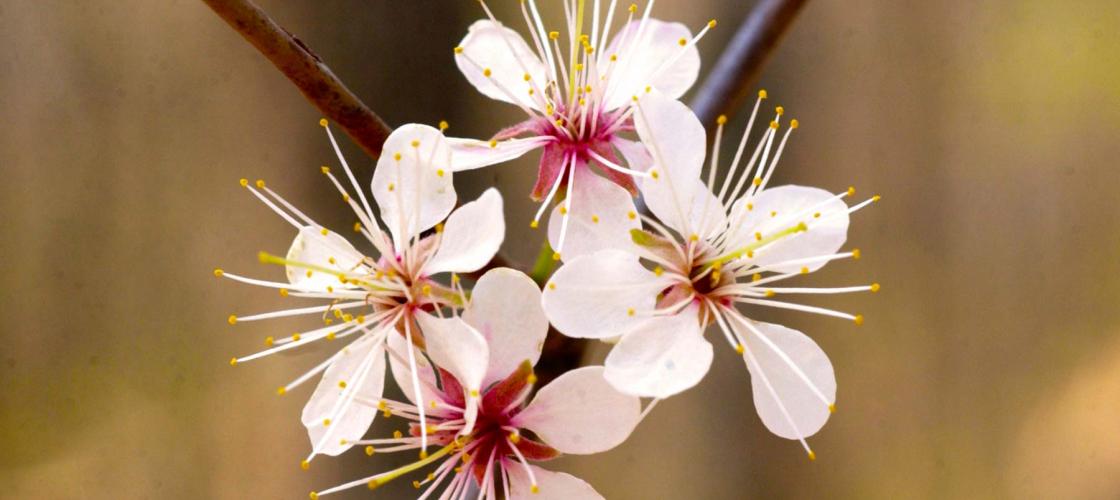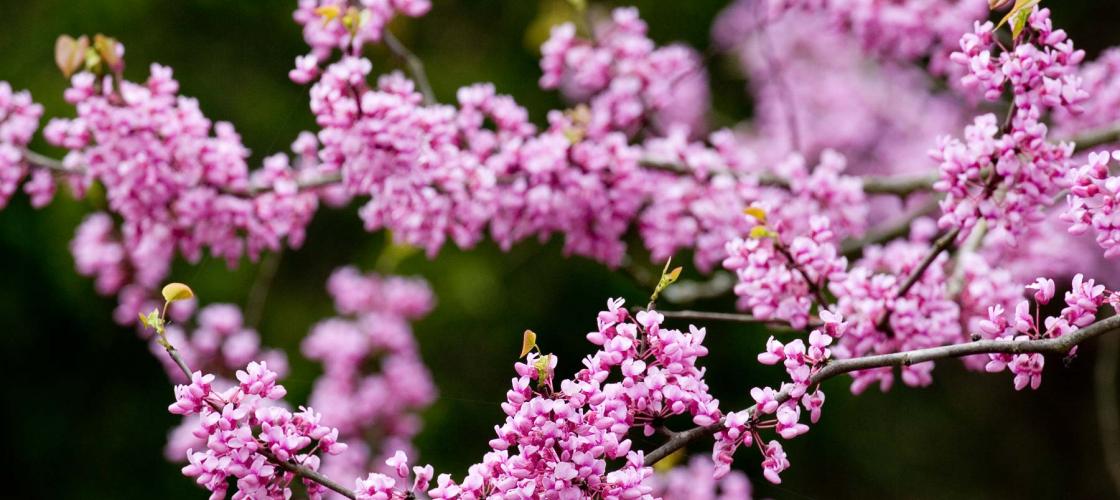If you are yearning for signs of spring, take a look at the swollen buds on the branches of backyard trees and shrubs.
Buds have been present since last summer, but often go unnoticed when competing for attention with a shroud of summer greenery or brilliant fall colors. Buds form at the base of the stalk where last year’s leaves were connected to the twigs.
Each bud contains a master plan of everything needed for new growth. These tiny packages contain small leaves or flowers with cells that rapidly divide and sugars for energy. This tender tissue is protected from winter’s drought by scales, hair or specially adapted leaves.
As if getting a signal from an internal clock, water is pumped back into the tree at the precise time and buds begin to swell. The tree, dormant for months, springs into life. The growth is spectacular. As much as 18 inches of new growth occurs in some trees in as little as two weeks.
Trees are usually not tricked into leafing out too early because of unseasonably warm weather. Trees use more reliable cues than temperature. The amount of daylight each day and chemical signals within their cells tell trees when it is the right time for bud growth.
Coming Soon: MO Flower Power
- All trees produce flowers, but some of our native trees produce eye-popping masses of blooms in the spring. These are the white-flowering serviceberry, wild plum, flowering dogwood and hawthorn, the brilliant pink red bud, and the striking red buckeye.
- Spring bloom starts in southern Missouri in March and travels north, and from lower to higher elevation as the average daily temperature rises.
- North Missouri’s bloom peaks and begins to fade in May.
- The best time to see the state’s springtime parade of showy woodland trees is during the last two weeks of April.
Learn more about flowering spring trees in the MDC’s Field Guide.




Recent Posts
























